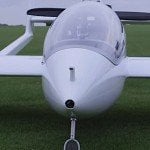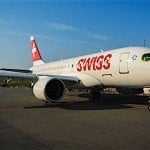New regulations that limit the number of consecutive hours that a commercial truck driver can work took effect in the United States on July 1. Under the new Hours of Service rules (HOS), commercial truck drivers must now take mandatory rest breaks of 30 minutes every eight hours, and they must, as before, take a minimum of 34 hours off—the 34-hour restart, as it is known—every 60 or 70 hours, depending on what cycle they are on (60 hours in 7 days or 70 hours in 8 days). These rules apply to Canadian truckers driving in the US.

The Federal Motor Carrier Safety Administration (FMCSA) was also mandated by the US Congress in July 2012 to write a rule, within one year, regarding the use of Electronic On-Board Recording devices (EORBs) in commercial trucking. The purpose of EORBs is to monitor drivers’ activity so that the HOS rule can be better enforced. Drivers currently have to log their hours manually. The new FMCSA rule has not been approved as of now, but is expected to be so approved by September. Drivers will then have two years to comply. It is likely that all commercial truck drivers will have to have an EOBR by January, 2016. Again, Canadian truckers driving in the US will have to comply with the US rules on EOBRs, once they are established.
An earlier version of an FMCSA rule was “vacated” by the US courts on grounds that constituted harassment of the drivers.
While not universally popular with drivers, at least one Canadian truckers group has come out in favour of using EOBRs. The Ontario Trucking Association (OTA) has been urging members to write to their MPs and lobby the government to “get with the program” and implement EOBRs in Canada.
The OTA-supported letter to MPs dismisses claims by “some drivers out there” who feel that EOBRs will make them less competitive, or cost too much, saying that the devices’ features, including routing, dispatch, communication and fleet management capabilities, will “make me a better business operator.”
The laws governing HOS are different in Canada and the US, a fact that will undoubtedly lead to some period of adjustment once the rules are in place. In Canada drivers are not permitted to drive more than 13 hours in a day. After driving 13 hours, the driver must take at least 8 hours off. Canadian drivers also work on different cycles than their US counterparts: 7-day cycle or 14-day cycle, compared to the US 60-hours, 7 days, 70 hours, 8 days.
One Canadian company, Webtech Wireless, has already updated its Quadrant Solution to bring it into compliance with the new US HOS rules, and released new 3G locator devices for tracking large fleets.






























